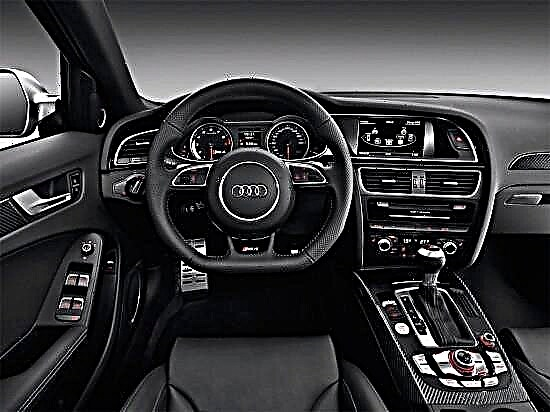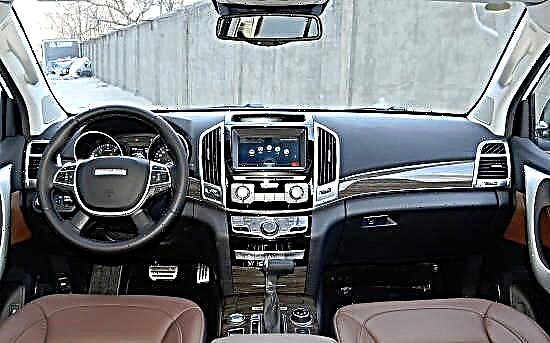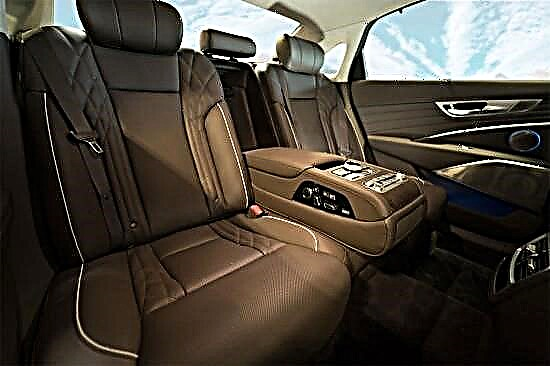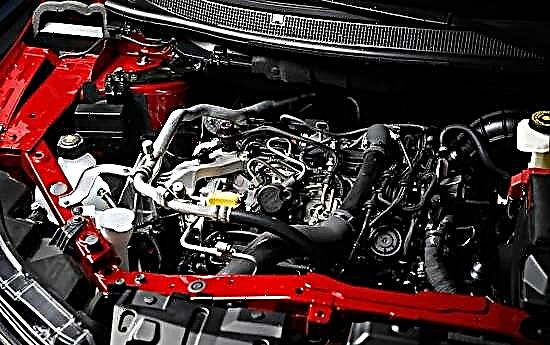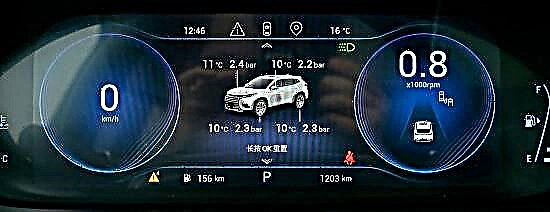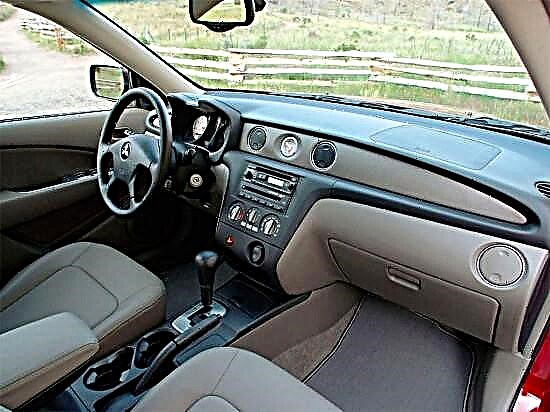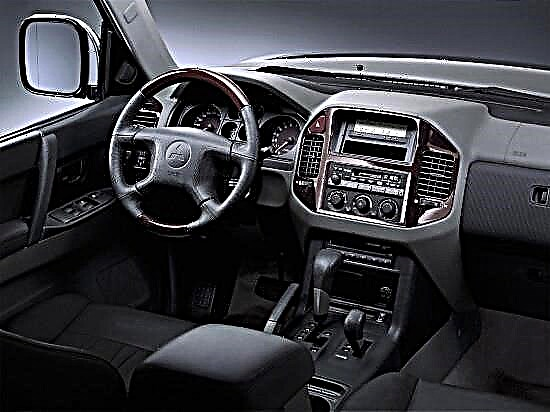The third generation of this SUV debuted in 1999, at the same time its production began at a plant in Japan.

In 2003, the model underwent modernization (which mainly affected the appearance) ... And the third generation car was produced until 2006, after which it was replaced by the next generation "Pajero".

The "third" Mitsubishi Pajero is a full-size SUV with a monocoque body (the predecessors had a "classic frame", here the "frame" remained, but now it is integrated into the body).
This car was produced in a three- or five-door body version, the first had a five-seater saloon, and the second - a seven-seater.

Depending on the modification, the Pajero's length ranged from 4220 to 4800 mm, height - from 1845 to 1855 mm, width - 1825 mm, wheelbase - from 2535 to 2780 mm, ground clearance - 230 mm.
In running order, the model weighed from 1900 to 2150 kg (depending on the type of body and equipment).

For the third generation Mitsubishi Pajero, gasoline engines with a volume of 3.0 to 3.8 liters, producing from 173 to 208 horsepower, were offered, as well as diesel units with a volume of 2.5 to 3.2 liters, the output of which ranged from 105 to 165 "horses".
They were combined with a 5-speed "mechanics", 4 - or 5-speed "automatic".
The SUV was fitted with a "Super Select II" transmission equipped with an electronically controlled center differential, which automatically redistributed torque between the axles.
An independent spring suspension was used at the front and rear of the car.
The front brakes were ventilated disc mechanisms, the rear ones were disc.
In the secondary market of the Russian Federation in 2017, you can purchase a third-generation Mitsubishi Pajero at a price of 300 ~ 700 rubles (depending on the year of manufacture, equipment and condition of a particular instance).
The third generation Mitsubishi Pajero car had its own advantages and disadvantages:
- The first include - high seating position, good cross-country ability, attractive (albeit "controversial" for many at the time) appearance, confident behavior on the road, good handling, high-quality finishing materials, fairly rich equipment, comfortable and roomy interior, reliability, as well as good overclocking dynamics.
- The second - not very good sound insulation, uncertain operation of climate control on frosty days, high cost of spare parts and expensive maintenance.

